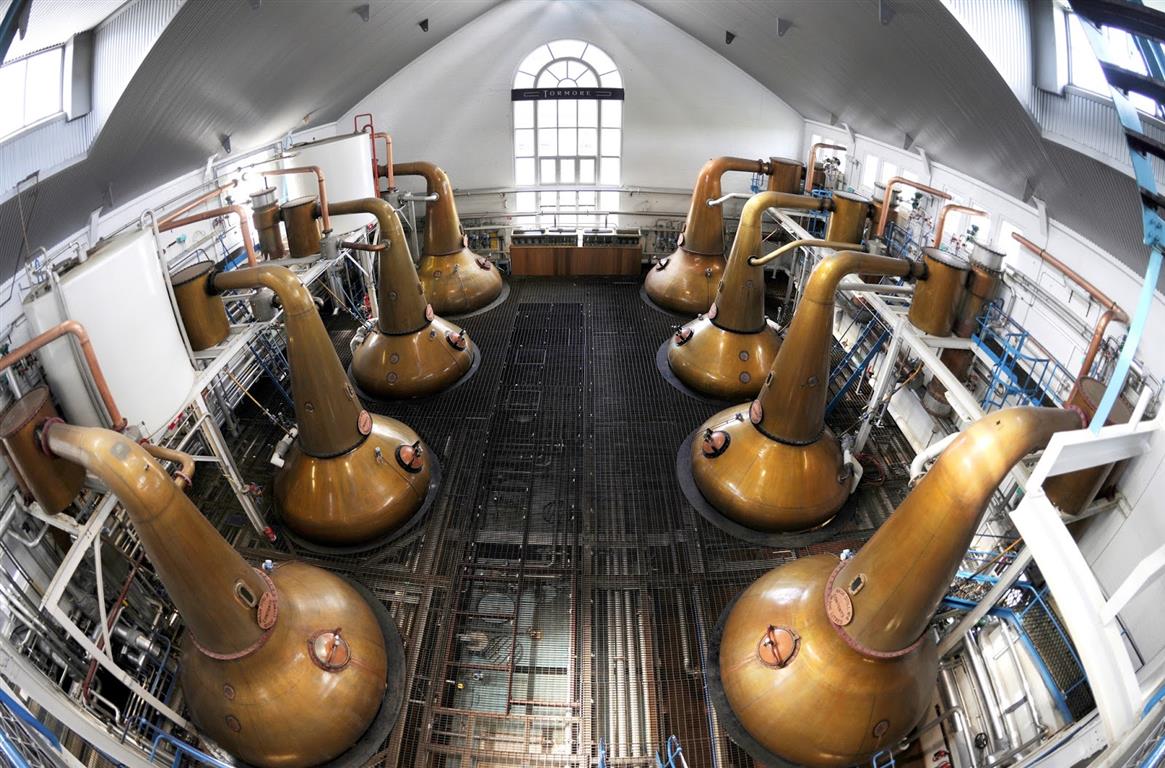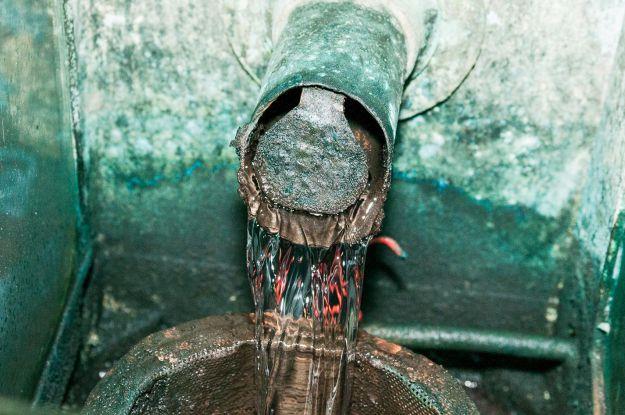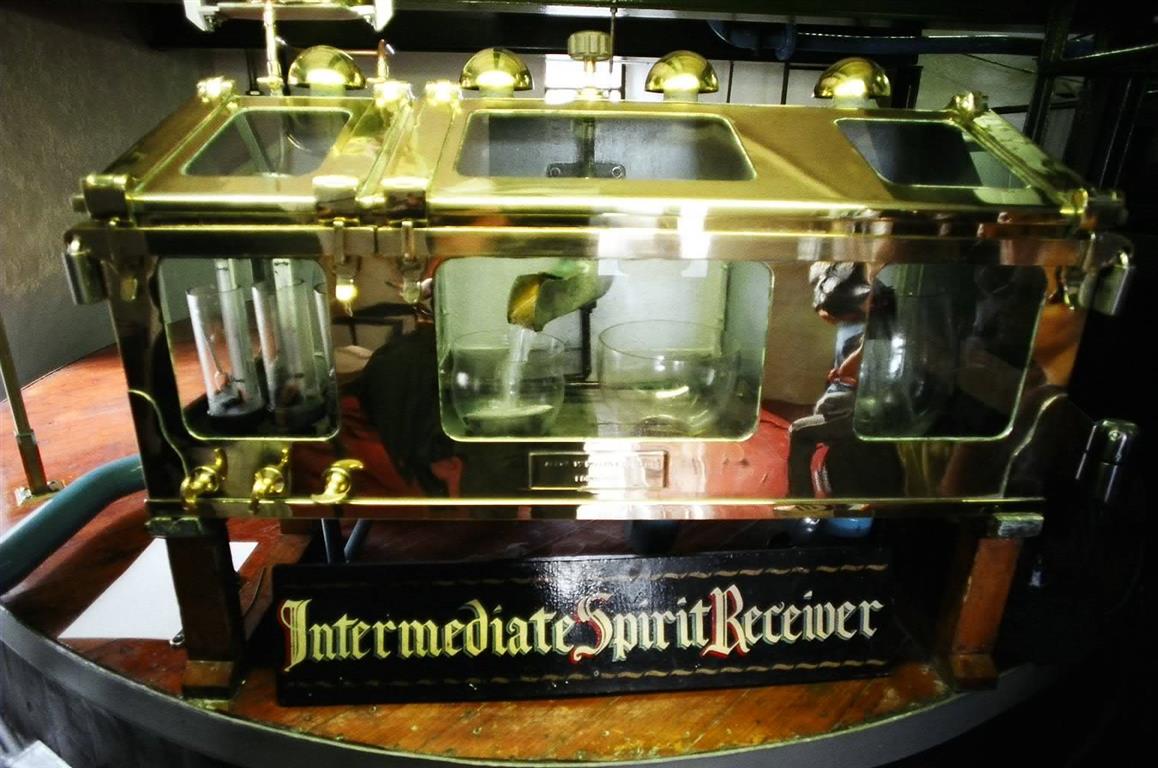
Part 5: How is Whisky Made? Distillation
| 06-01-2017 | By Emily Stockden |
A quick recap to this point: grain, water and yeast are the key ingredients needed to make whisky (read part 1 of "How is Whisky Made?"). Once the grain has been steeped, laid down on a floor or placed in a Saladin to germinate and then dried in a kiln to stop germination, it is ground in a mill and becomes what is known as grist (read part 2 of "How is Whisky Made?"). So it goes from Malt to grist which is then added to warm water and become mash. Mash results in wort captured in the mash tun. Wort is essentially water mixed with soluble sugars that have been extracted. This is then thrown into the washbacks where it’s mixed with yeast during fermentation. (For more information go and read parts 3 and 4 of “How is Whisky Made?”.) And finally we arrive at distillation.
We've all heard of triple-distilled whiskey – a phrase made famous by Jameson Whiskey – which is a characteristic of Irish whiskey, and in Scotland, the wash is traditionally distilled twice. It goes without saying that there are exceptions in both countries, like Auchentoshan which is a Scotch whisky but which is distilled three times.

Auchentoshan Stills
We’re talking double distillation here; that is, typical Scotch whisky distillation. The stills are made from copper because it is the best material for extracting impurities from the spirit. A still has a bowl shape at the bottom that and it rises up to the neck at the top (sort of like a calabash). In principle they all do the same thing, but a different shape will give a different flavour and character to the final spirit. Taller stills with longer necks – like those at Glen Grant – will give finer, lighter spirits while shorter, fatter stills will produce a fuller, richer spirit.
Cpper 
Glen Grant Stills
You’ll notice that there are normally rows of stills or at least two side-by-side: this is because they work together.
The wash is placed in a large wash still and heated – nowadays by gas or steam (steam gives more control over the vapourising process) which is fueled by petrol, but in the old days it was fueled by coal – causing the liquid to vaporise up the still until it hits the neck where it condenses. The principle of distillation is really straightforward: water evaporates at a high temperature than than alcohol so the alcohol is transformed in the vapour and raises into the still before water begins to evaporate. The liquid made during this process is called low wines. Low wines move to the second still and any residue is collected and used to make farm feed. The second, smaller still is called the spirit still and it’s here where the magic happens.

Low Wines (Photo by Freddy de Gent)
The distillation heart (which is 63 – 72% of alcohol) will be placed into casks, while the feints (the left overs) will be reused, together with the low wines of the next distillation.

A Diagram that explains each phase of Distillation
The spirit safe is what separates the feints from the distillation hear and was used to determine the quantity of alcohol produced to calculate the taxes due by the distillery.

A Spirit Safe



